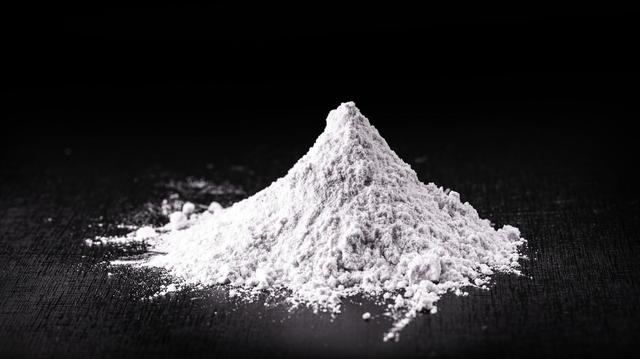What have chefs and industrialists replaced titanium dioxide with?
(ETX Daily Up) - Make the white frosting of a dessert shiny or enhance the liveliness of a color that coats candies. These were the reasons cited by brands and pastry chefs for using titanium dioxide. A year after the ban on the food additive in France, it is the turn of the whole of Europe to say no to E171, potentially carcinogenic and whose harmlessness has been questioned for many years. But, then, what has titanium dioxide been replaced by in our food preparations?
Edible white ink
For its part, the confectionery giant Mars has invested more than 44 million euros to print its M&M's sweets using rice starch. According to the food industry magazine Food Process, the American company had even filed a patent to protect the manufacture of an edible white ink, based on calcium carbonate, already used in toothpaste for its opacifying power.
White chocolate

Generally, to cover a cake with a thick white coat, a frosting includes white chocolate in its recipe. As a reminder, white chocolate is not strictly speaking chocolate. This is a recipe based on cocoa butter to which milk and sugar are incorporated (yes, you can absolutely make your own white chocolate at home!). In order to reinforce the whiteness of a preparation, pastry chefs used to sprinkle the mixture with a little titanium dioxide. Companies that supply catering professionals with raw materials have therefore worked on new chocolate recipes without E171. For example, the giant Puratos, which provides bread flour, toppings and other baking mixes, offers a 34% so-called "cocoa-Trace" selection. Note that the Valrhona brand, used by many French chefs, did not wait for the effective ban on titanium dioxide in France to launch chocolate decorations without E171.
Glucose syrup
Of course, amateur pastry chefs have also wondered about the alternatives to titanium dioxide. To coat their desserts, bloggers use glucose syrup that is easily found in specialty pastry shops. The ingredient added to powdered milk, water and liquid cream allows its sweet realization to shine. We obtain the famous so-called mirror glaze, in a tone that tends more towards cream rather than washbasin white.








